
Introducing the BuzzFeed News newsletter JPG — this weekly newsletter will feature the most powerful images from around the internet, as well as behind-the-scenes exclusives from renowned photographers and our hard-hitting photo stories.
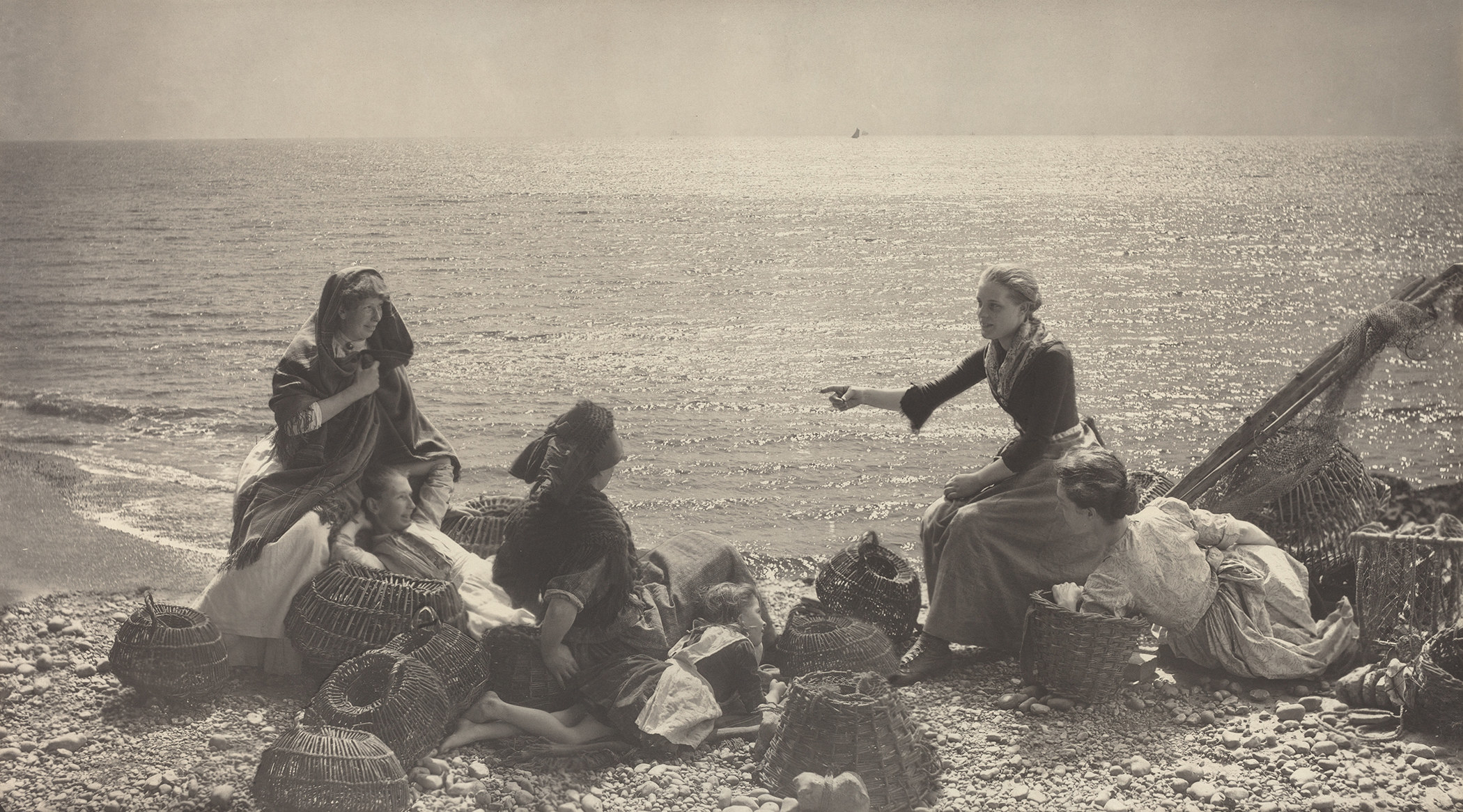
This fall, the National Gallery of Art in Washington, DC, has launched a milestone exhibition that chronicles the first 50 years of photography. Comprised of 140 images from its permanent collections, The Eye of the Sun explores the experiments and artistry that laid the foundation for how we see the world in pictures today.
In 1839, when French inventor Louis-Jacques-Mandé Daguerre permanently rendered an image with his daguerreotype invention, the world was astonished by the possibilities of photography. Until then, depictions of life had been created only by painters, sculptors, and illustrators, but now they could be captured through this new technology with striking realism and authenticity. The half-century that followed was marked with tremendous innovation from artists, entrepreneurs, and scientists alike, each discovering new uses for this technology and pushing its limits.
Diane Waggoner is the National Gallery of Art's curator of 19th-century photographs and the curatorial mind behind The Eye of the Sun. Here, Waggoner shares with BuzzFeed News a selection of treasures from the exhibition and the fascinating history behind these early photographs.
Where does The Eye of the Sun get its title from?
Diane Waggoner: “The eye of the sun" is actually a quotation taken from a seminal article written by Lady Elizabeth Eastlake in 1857 on photography. This is about 20 years after photography was introduced to the world in 1839.
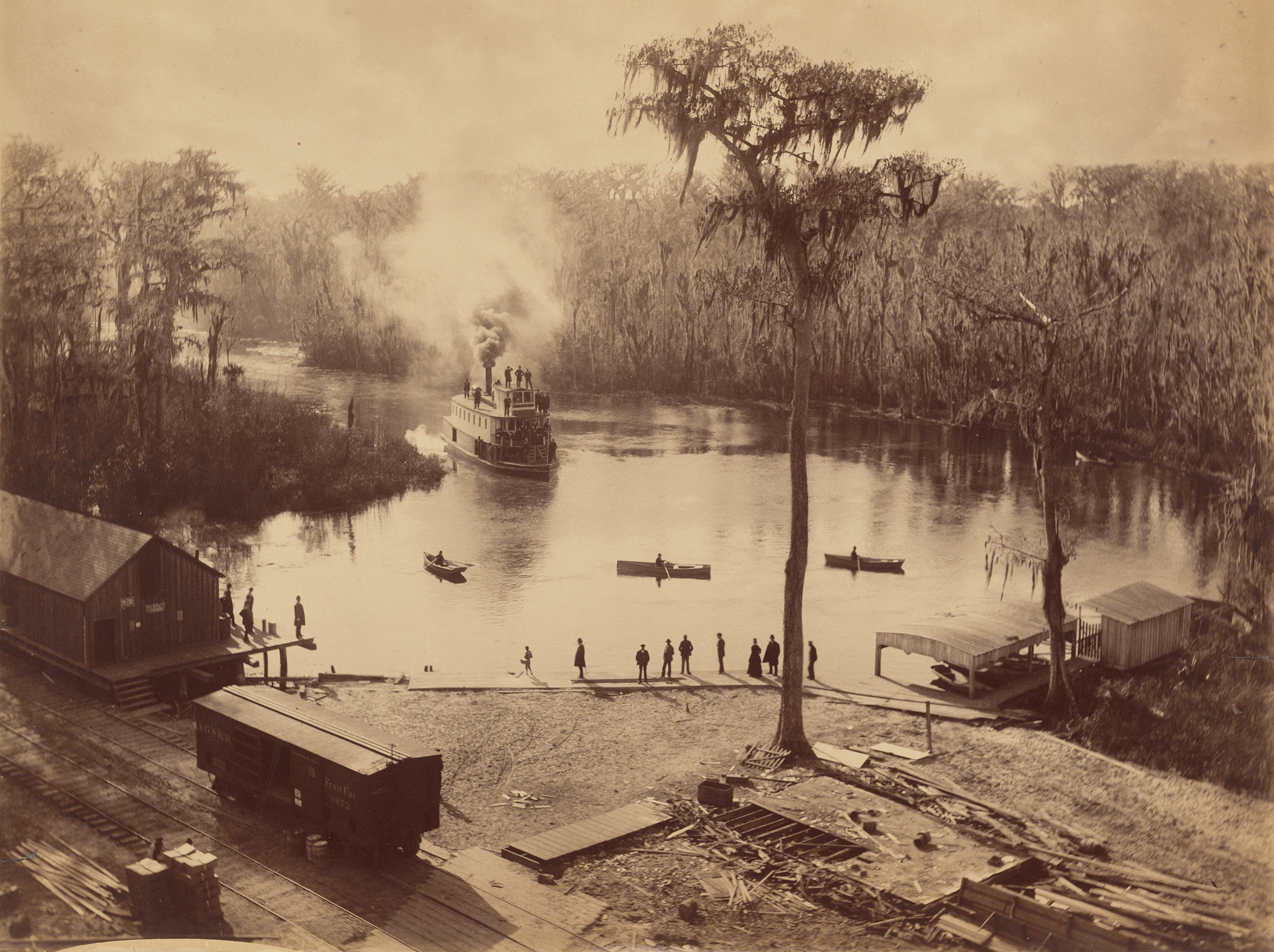
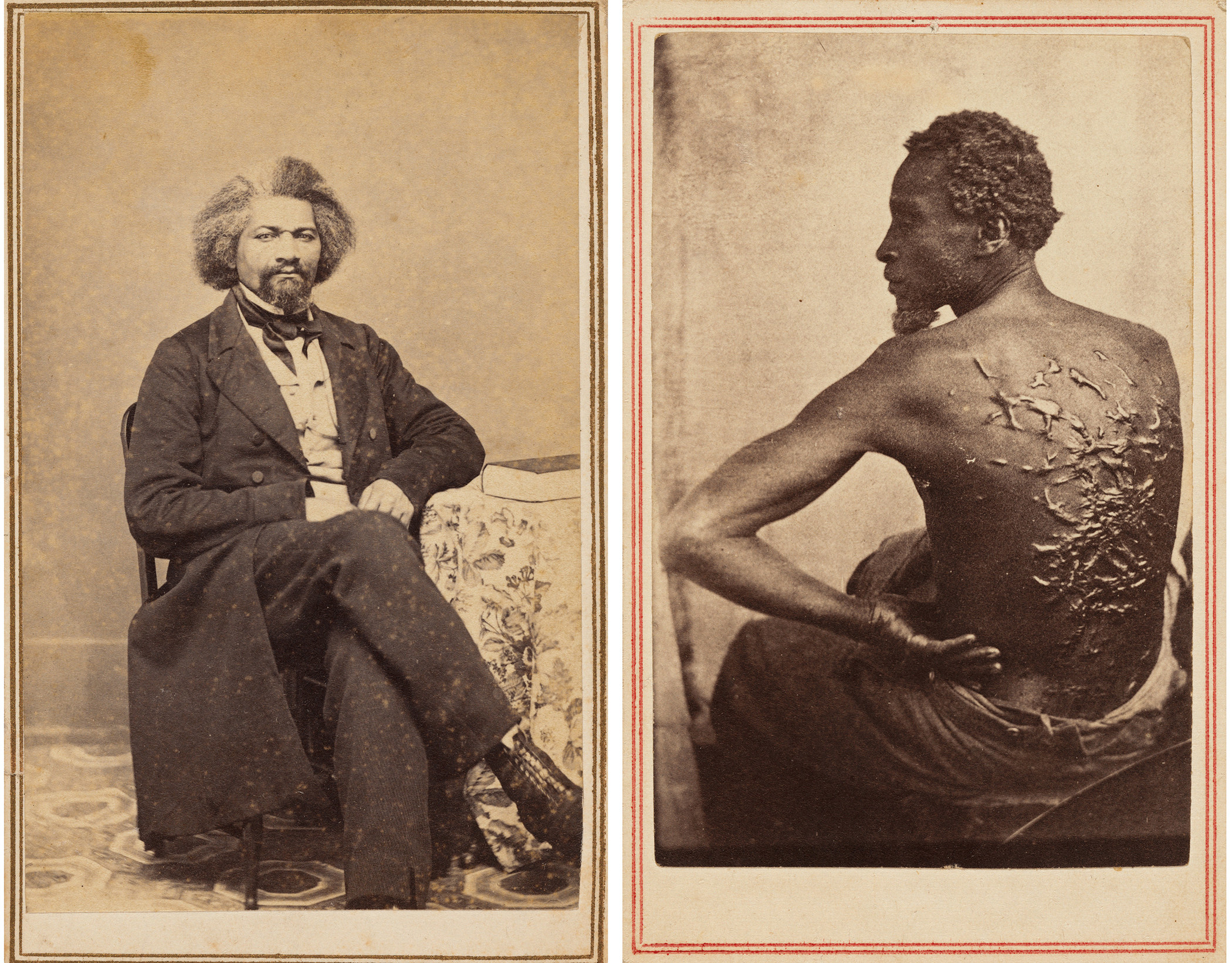
In 1857, she wrote a review article on photography that discussed all the various uses of photography — what it meant, the way it had changed the world, and the way it had changed the way people lived their lives. At a certain point, she calls the camera "the eye of the sun." I thought this was a very evocative phrase, so I adapted it for the title of this exhibition.
What were the major technological innovations that kickstarted this revolution?
DW: There were two basic rival photographic processes out in the world in 1839. One was the daguerreotype, which was a French invention by Louis-Jacques-Mandé Daguerre. It was essentially a photograph made on a silver-coated copper plate — what we call a direct positive, which means it was a unique image and could not be reproduced unless you re-photographed it. Daguerre basically gave this invention to the world. He was given a pension by the French government, and the process was very quickly published and accessible for anybody who could obtain it.
It very quickly took off too, particularly in America where it flourished for the first decade and a half of photography. Daguerreotype studios start opening within some months of the announcement, and a lot of people, men primarily, saw this as a business opportunity.
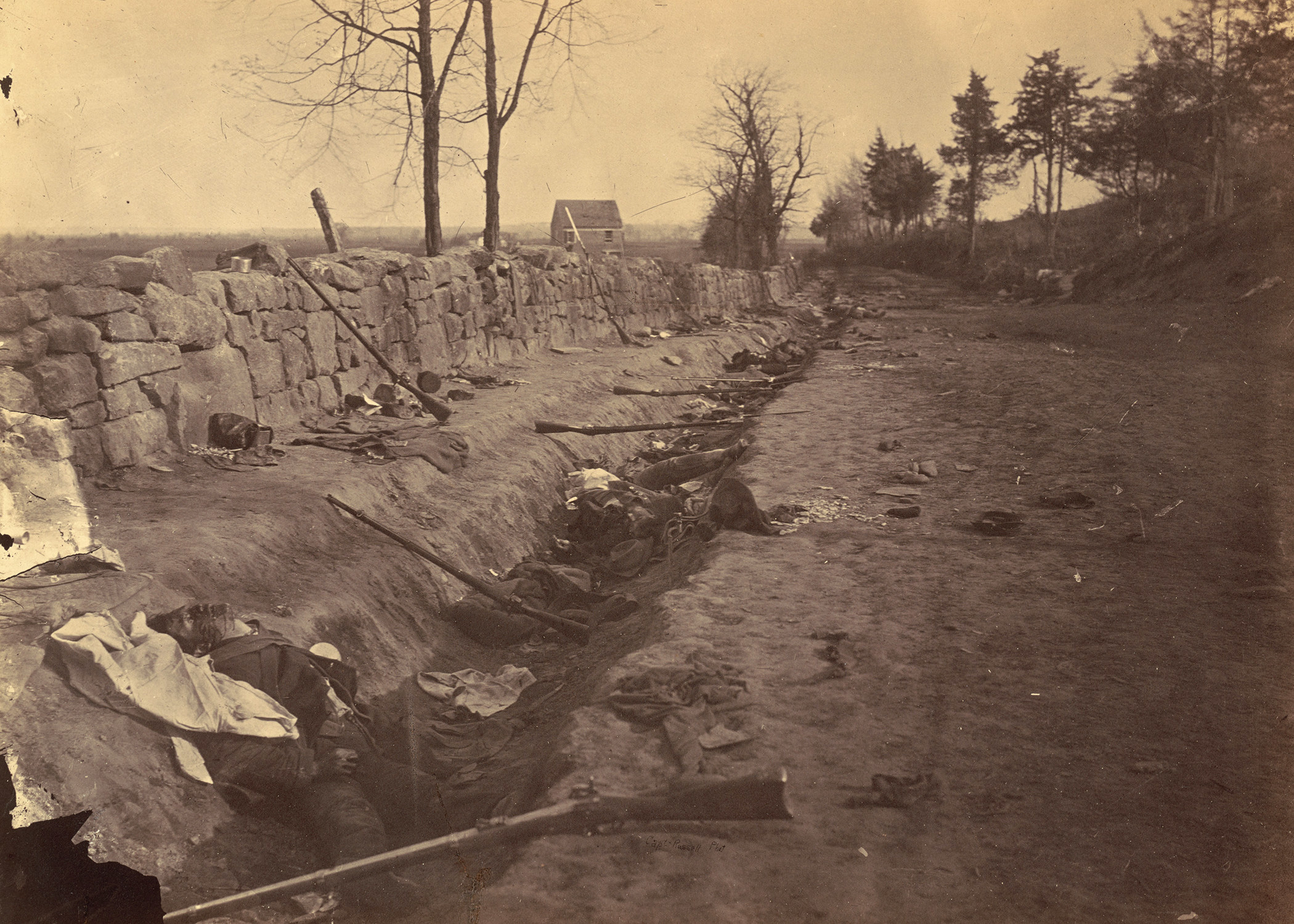
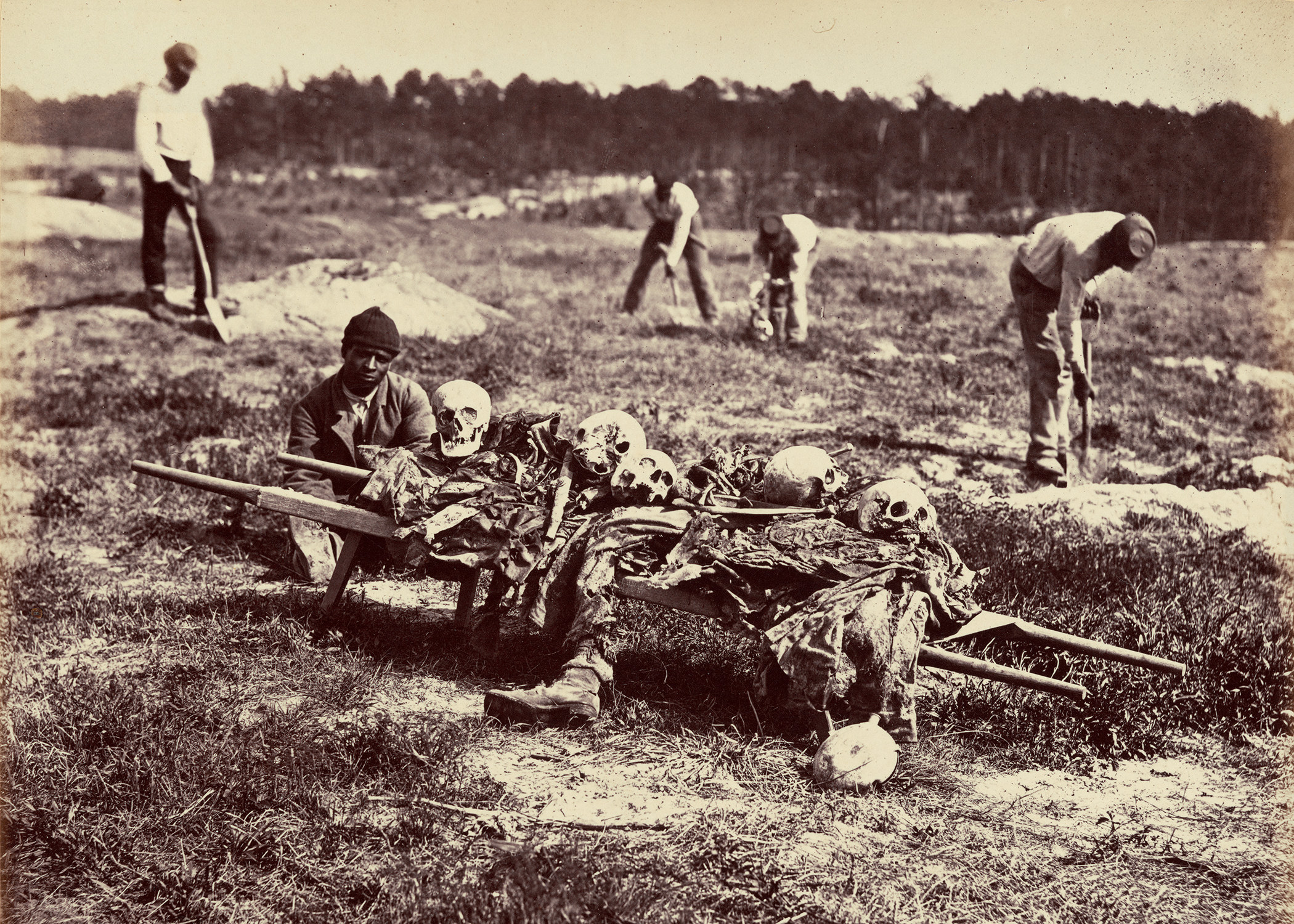
On the other side in England, there was William Henry Fox Talbot, who developed a process that involved making a negative on paper and making a corresponding salted paper print from the negative. That, of course, is what became the basis for all photographic systems up until the advent of digital photography. The advantage to that is that you could make more than one copy from the same negative. Unfortunately, this invention took a little bit longer to gain popularity, partly because Talbot had taken out a patent in England and so it was more exclusively him and his circle who made these.
By the 1850s, new processes had been introduced called the wet-collodion-glass negative and the albumen print, which were variations on the paper negative, but achieved a higher level of sharp details and greater range of tone. These processes superseded the daguerreotype and became the most dominant processes for the latter half of the 19th century.
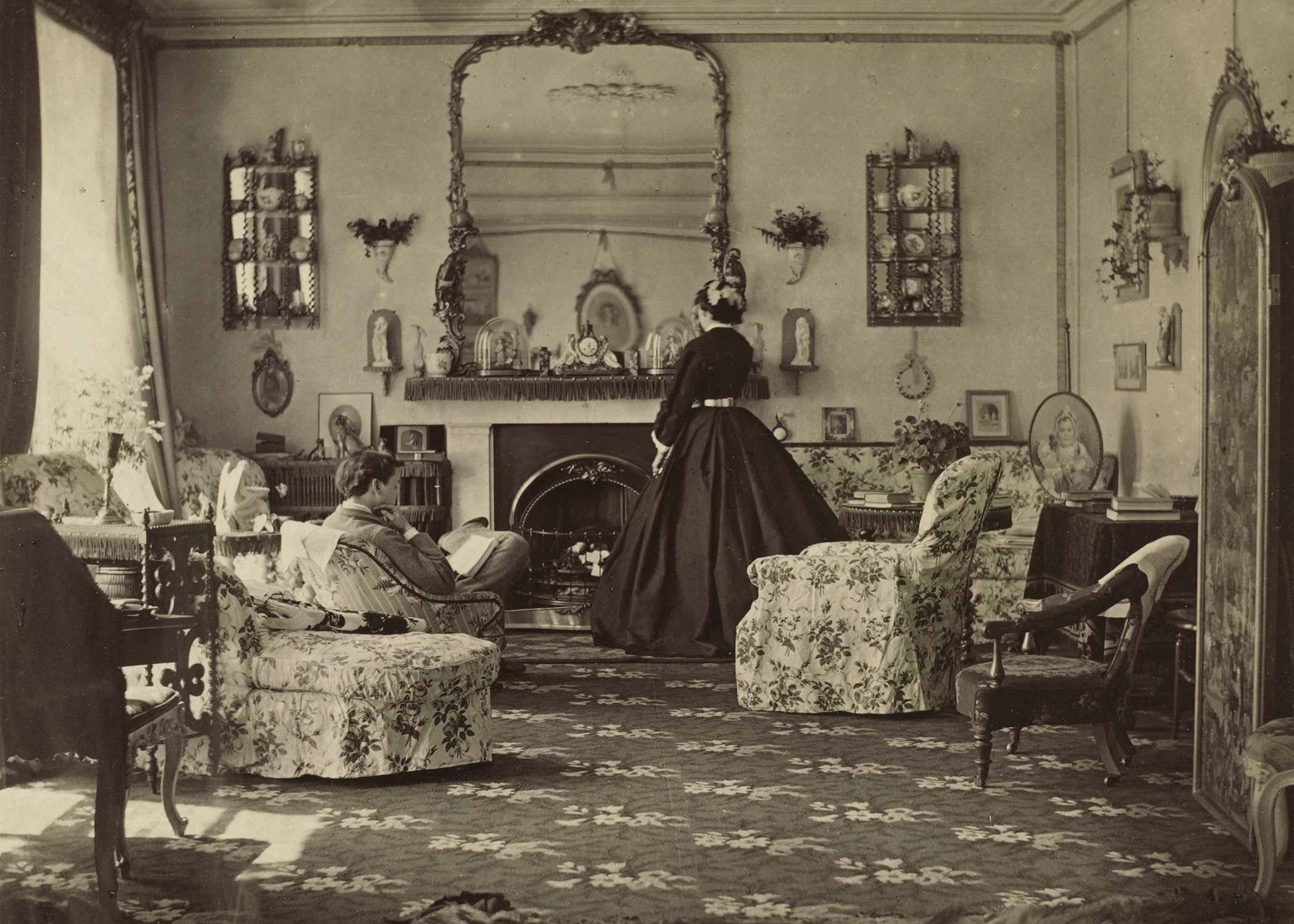
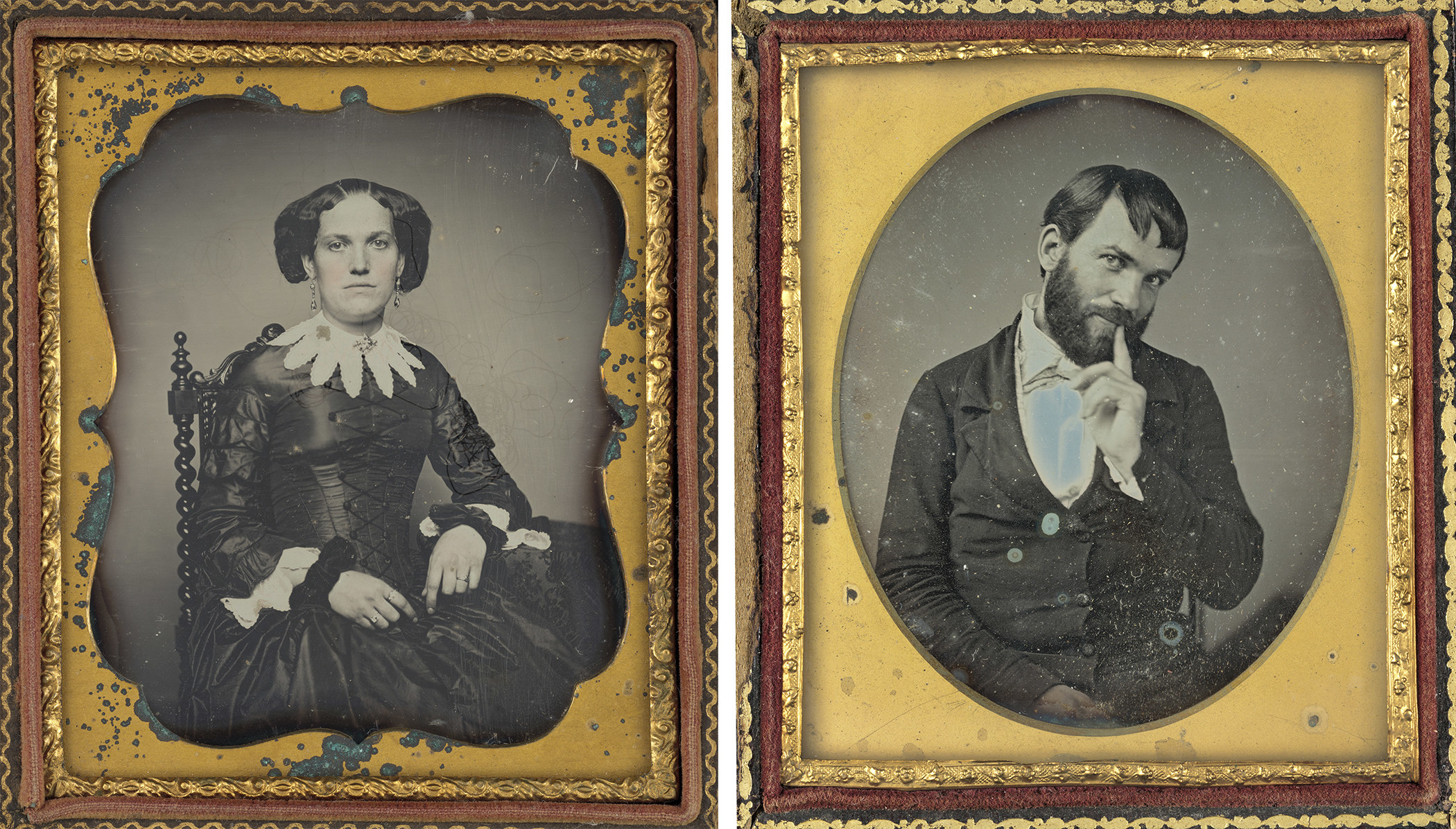
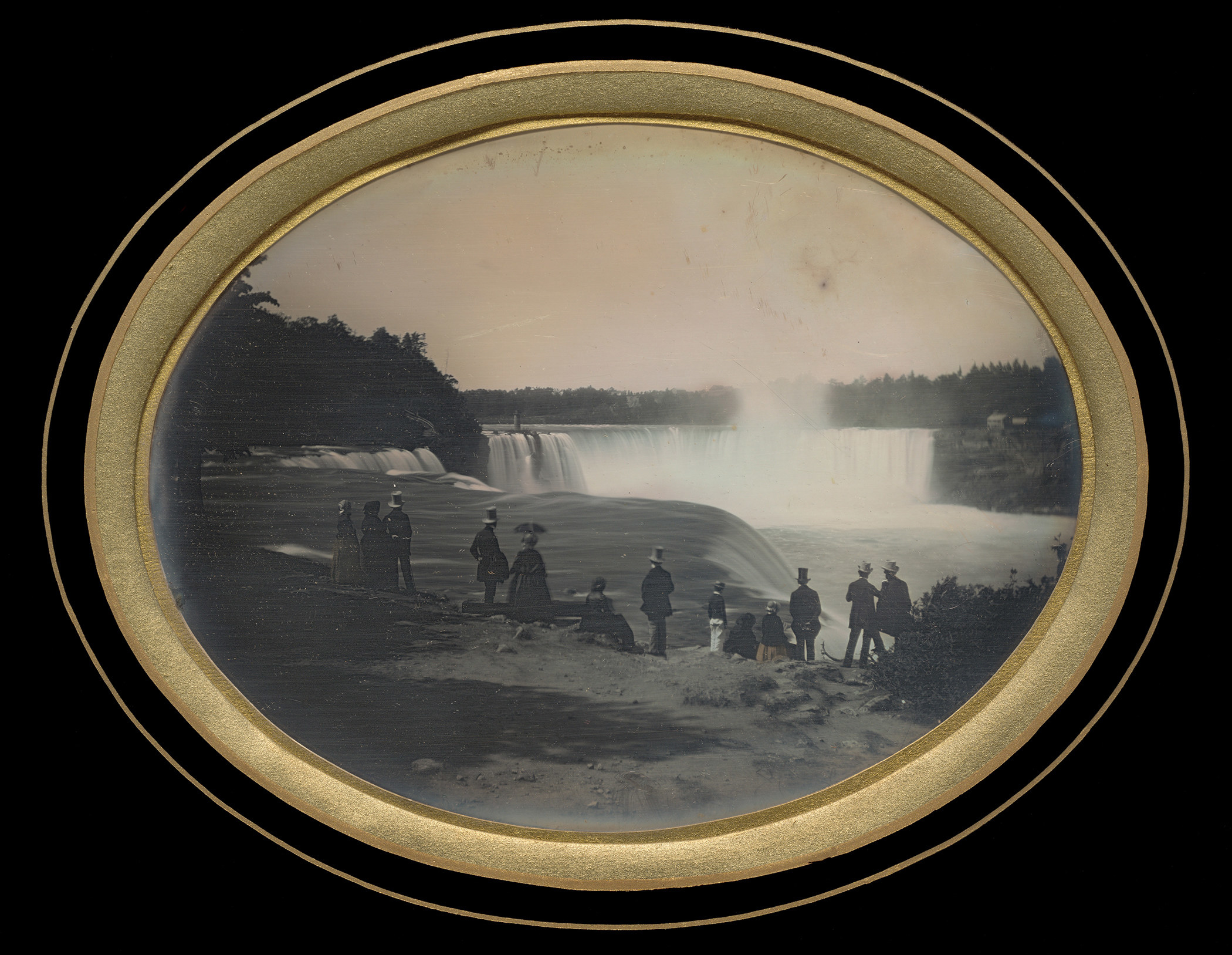
You mentioned that it was primarily men in this industry at the time — who were the women in photography and do you have examples of their work on view?
One of the things I did try to do was include as many female photographers as possible, which is not a lot, since of course 19th-century photography was dominated by men. There were a lot of women working in the photography trade, but they were more often seen working as technicians or colorists. Still, when we can, we certainly acquire works by female photographers.
On view, we have the very well-known Julia Margaret Cameron — she’s always been one of my long-time favorites. Then there’s some by much less well-known women like Mary Dillwyn, who was the sister of photographer John Dillwyn Llewelyn. They were a Welsh family related to Talbot by marriage. There's this fabulous image by Mary Dillwyn on view of three women enjoying a picnic, holding bottles and enjoying themselves quite a bit. This was taken in 1854 and has this really wonderful sense of spontaneity and intimacy, despite the fact the exposure time wouldn’t have been instantaneous.
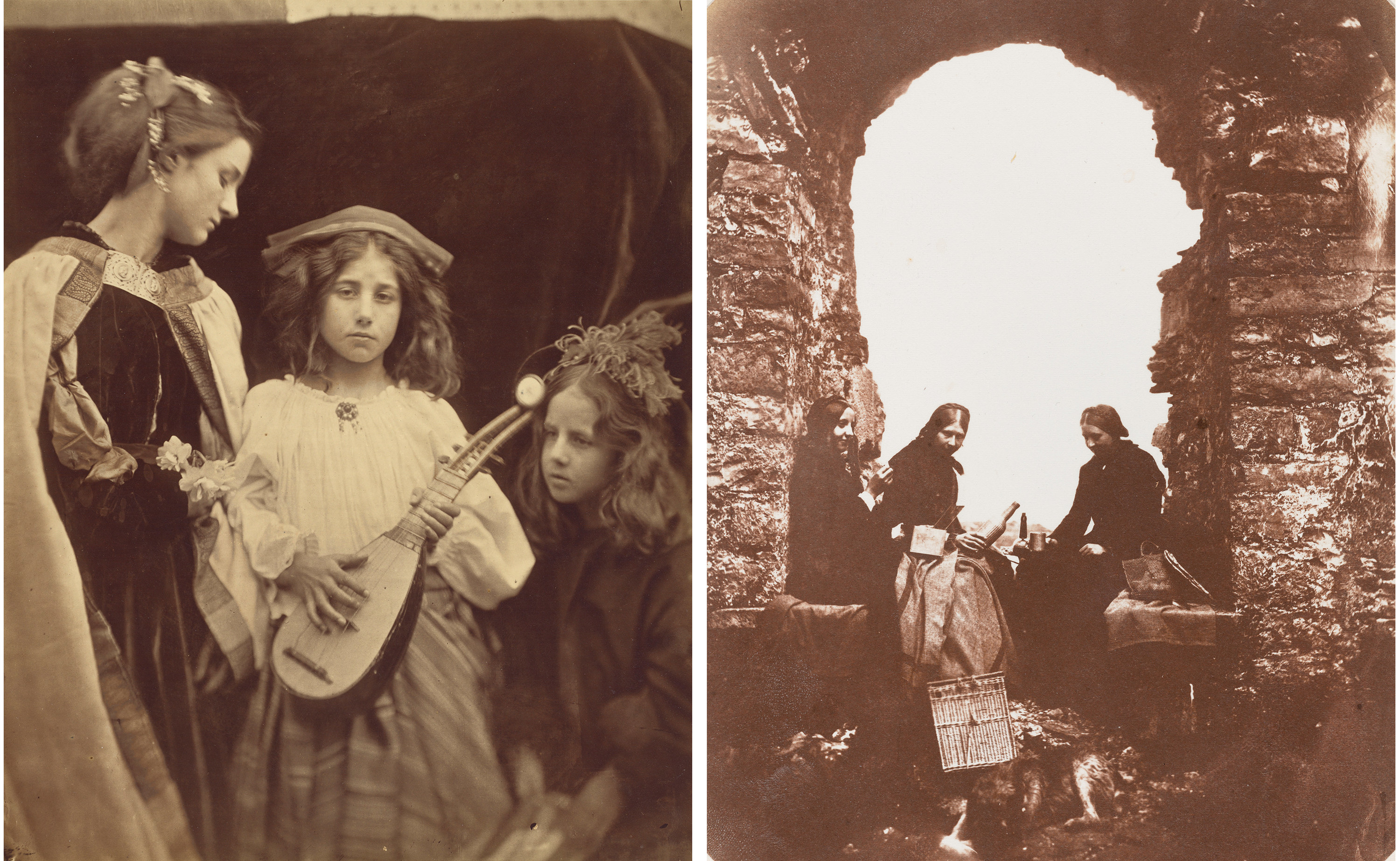
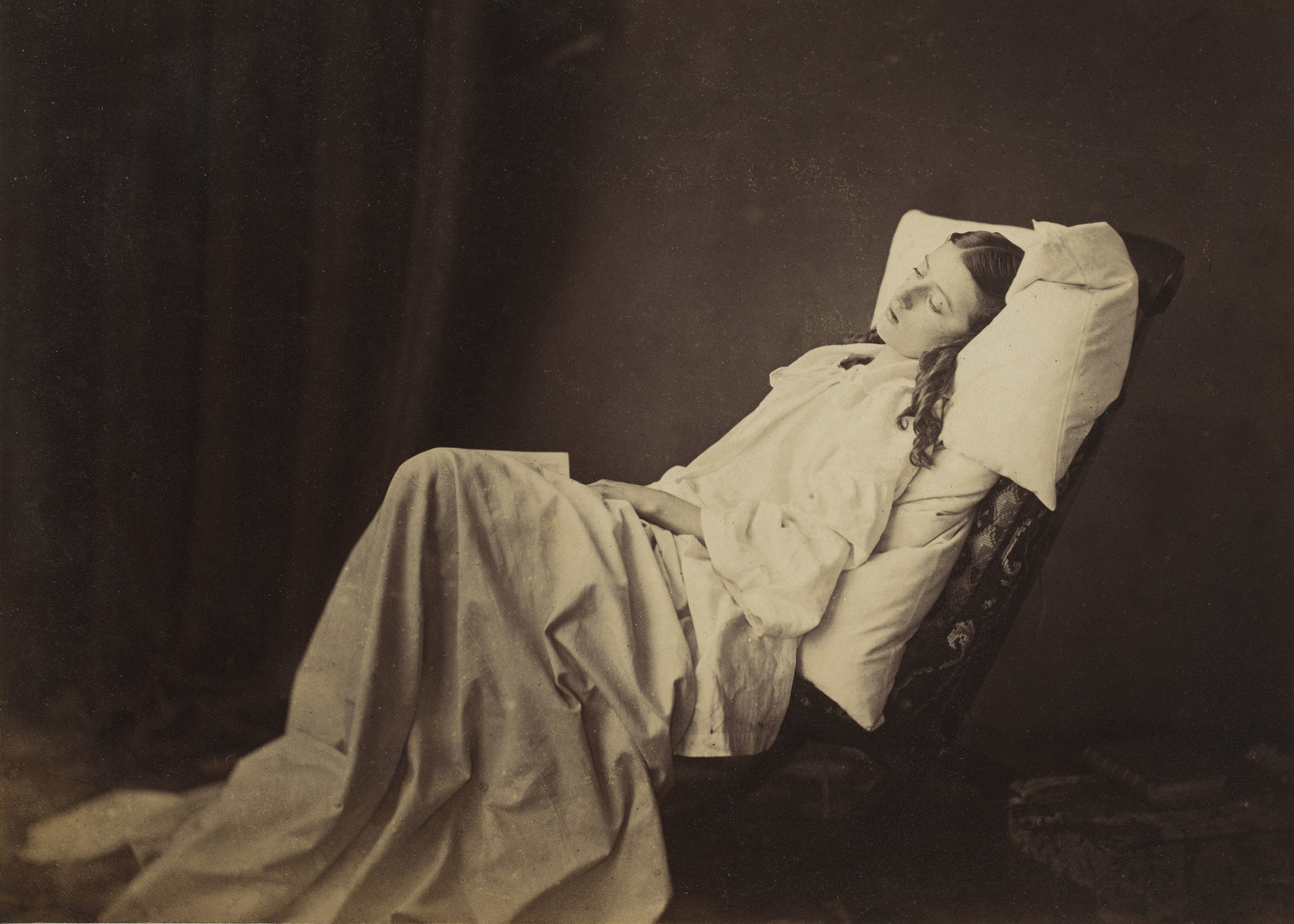
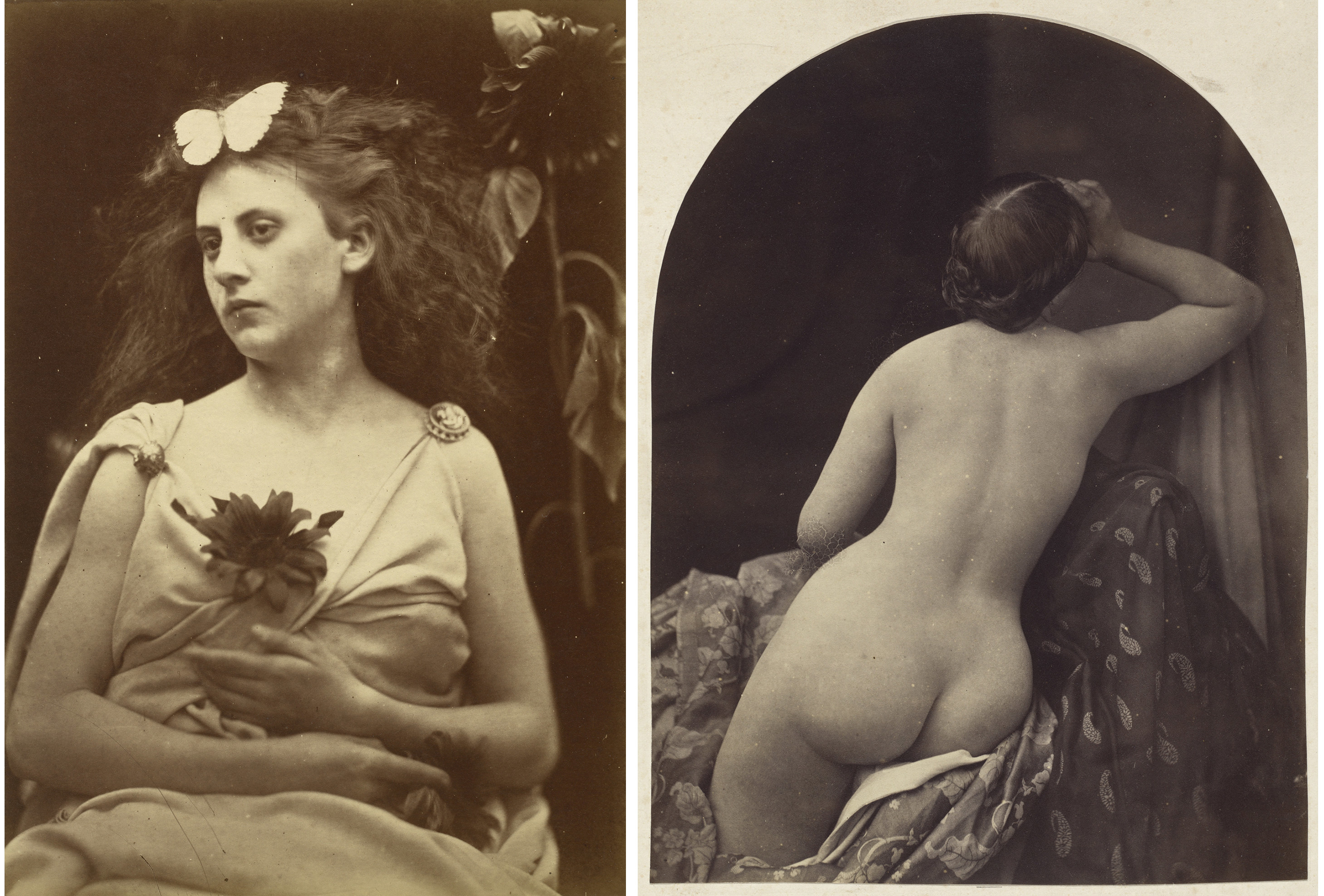
What happened to these photographic processes and why don't we see them in prominent use throughout the 20th century?
The manner in which the show is organized helps to explain this. In the first room, you will see the earliest photographs in the gallery’s collection, while the bookend is the introduction of the Kodak camera in 1888, which was the first snapshot camera developed by George Eastman.
Up until that point, all of these photographic processes I’ve been talking about were very complicated and difficult to master, particularly in the early decade where you had to mix your own formulas and so on. With Kodak, the slogan was, “You Push the Button, We Do the Rest.” The camera came with a roll of film installed within it. You made the exposures and sent it to the company, they made the prints and sent them back.
What do you hope people will take away from The Eye of the Sun?
For me, I find the 19th century a particularly fascinating time in photography, because it’s the absolute beginning. It’s so experimental and freewheeling in those early decades — to me, it’s magical to work with photographs from this time period, 150 to 180 years old, and feel like you have a window into that world through the camera’s lens. I want people to take away how magical photography was in those early years and to indulge a sense of intimacy with the past.
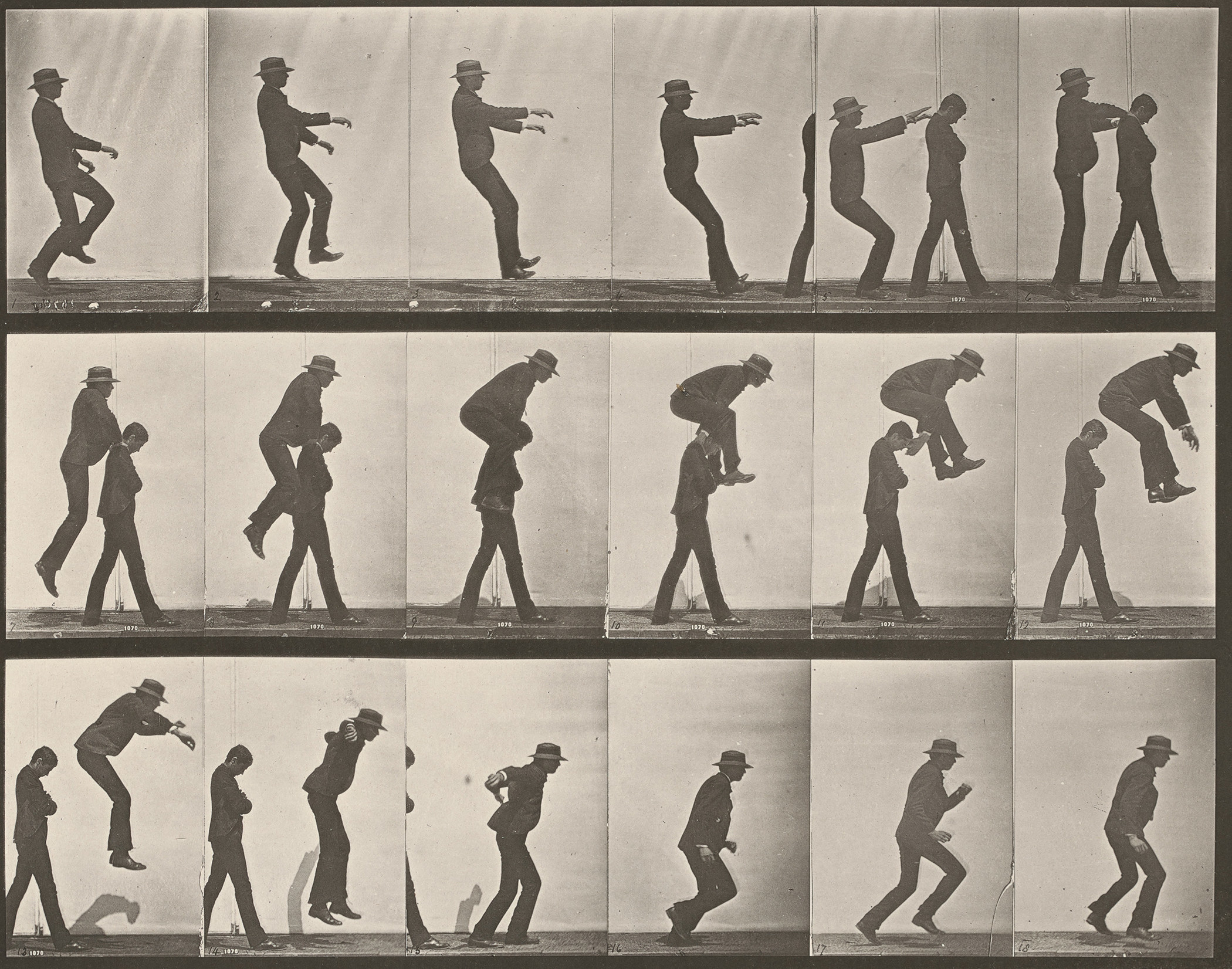
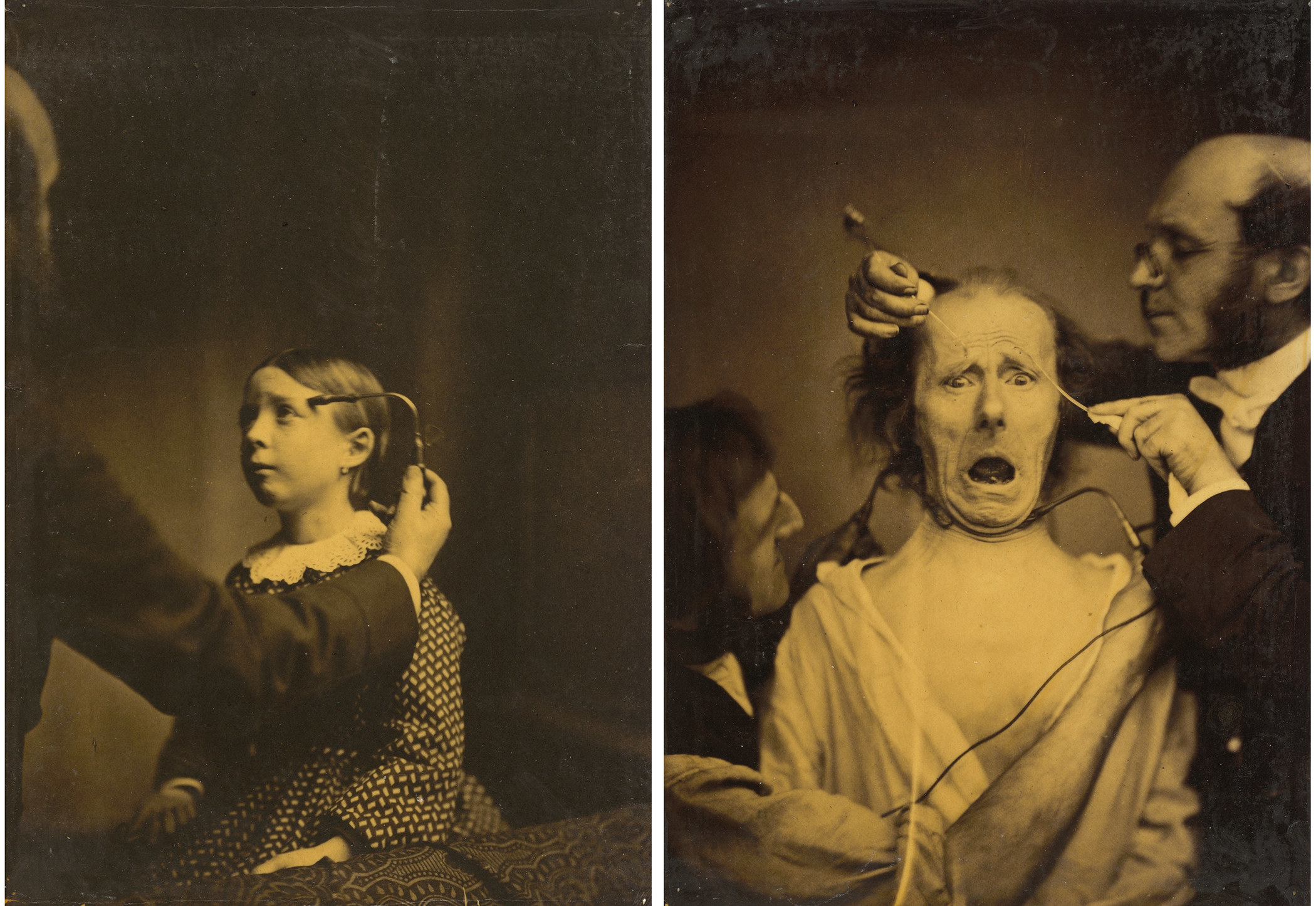

The Eye of the Sun: Nineteenth-Century Photographs is on view at the National Gallery of Art in Washington, DC, from Sept. 8–Dec. 1, 2019.

